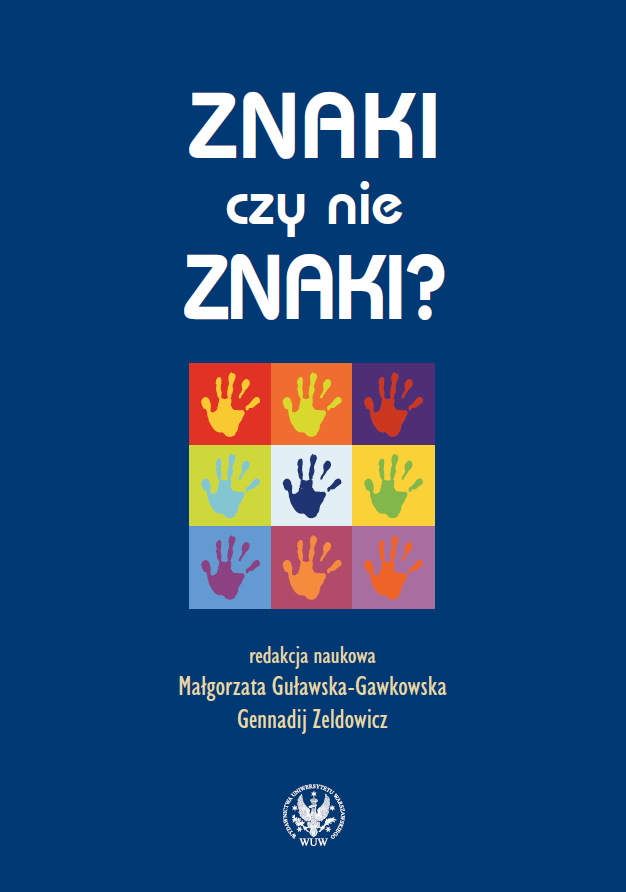Fairy tales and ideology
Fairy tales and ideology
Author(s): Anna Fornalczyk
Subject(s): Theoretical Linguistics, Applied Linguistics, Philology
Published by: Wydawnictwa Uniwersytetu Warszawskiego
Keywords: syntactics; combination of signs; non-linguistic signs; national body language; semiotics of culture; cultural studies; cultural studies; nonverbal semiotics; contemporary phraseology
Summary/Abstract: The purpose of this paper is to discuss the different ways in which traditional fairy tales are modified in order to inculcate a particular world view in children. Fairy tales, handed down from one generation to another, are a specific genre which originated in the oral folk tradition. Tales collected and edited by the Brothers Grimm, Charles Perrault, Hans Christian Andersen and others in the 19th century gave rise to a canon of fairy tales intended for children and facilitating their civilizing process, familiarizing them with specific religious, cultural and social values. Classical, folk fairy tales were gradually modified and adjusted to be consistent with dominant ideologies. In this paper, different ideologies and their influence on fairy tales are discussed, using examples both from book and from film. Also, some interesting shifts of focus could be noticed in different translations of the tales.
Book: Znaki czy nie znaki? Tom 1
- Page Range: 41-51
- Page Count: 11
- Publication Year: 2013
- Language: Polish
- Content File-PDF

